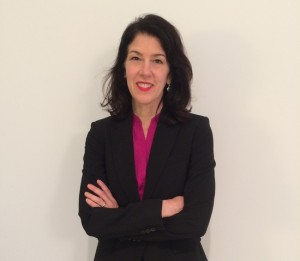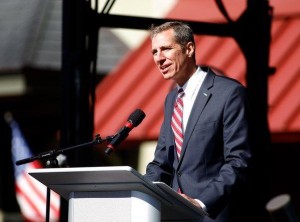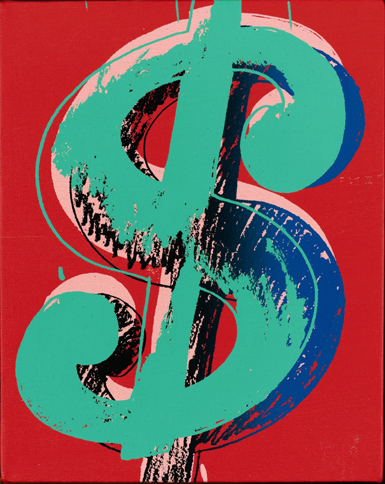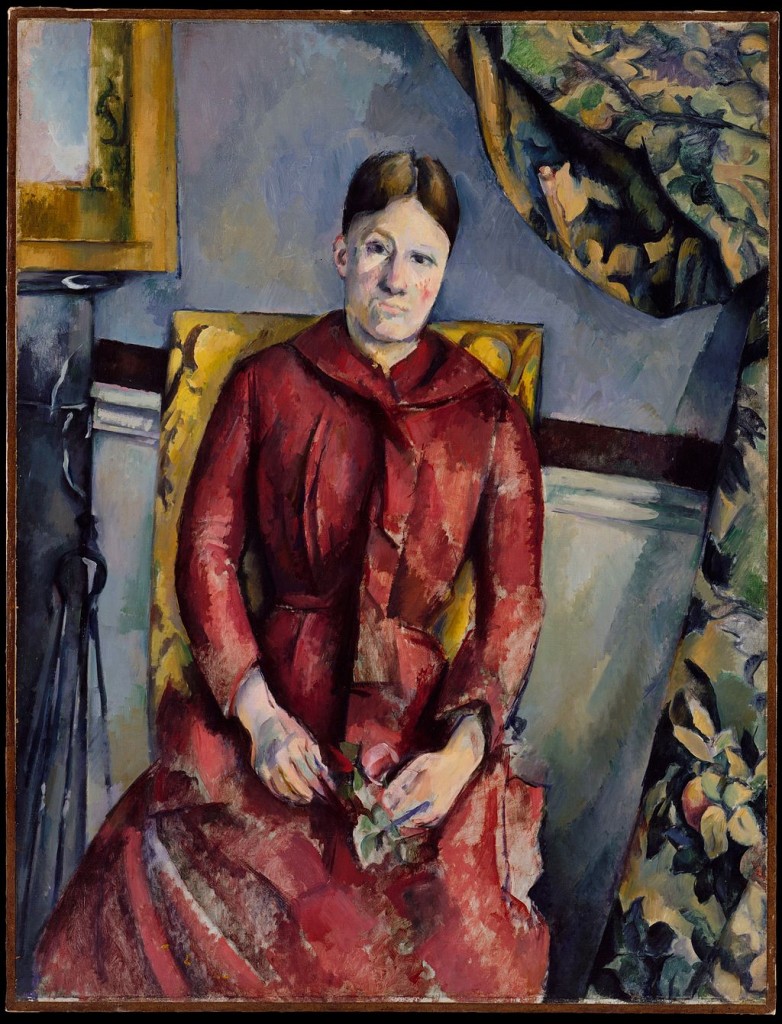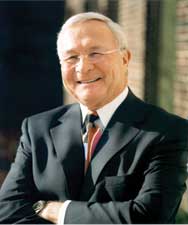Whether or not they ever become museum directors, the twelve curators who were named this week as the eighth class of fellows at the Center for Curatorial Leadership* are signalling their ambition. It’s a well-rounded group, coming from ten American museums plus two overseas museums–in Denmark and the Netherlands.
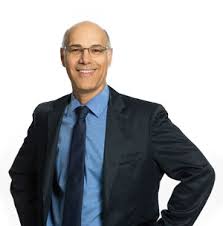 But before we get to them, let me link to two people who were named museum directors this week (aside fr0m new president of the Lucas Museum of Narrative Art Don Bacigalupi): John B. Ravenal (right), modern and contemporary curator at the Virginia Museum of Fine Arts will become director of the DeCordova Sculpture Park and Museum in Massachusetts (details here) and Amada Cruz (left), currently executive director of Artpace in San Antonio, will become director of the Phoenix Art Museum (details here).
But before we get to them, let me link to two people who were named museum directors this week (aside fr0m new president of the Lucas Museum of Narrative Art Don Bacigalupi): John B. Ravenal (right), modern and contemporary curator at the Virginia Museum of Fine Arts will become director of the DeCordova Sculpture Park and Museum in Massachusetts (details here) and Amada Cruz (left), currently executive director of Artpace in San Antonio, will become director of the Phoenix Art Museum (details here).
Nine of the 12 museums have never had a participant in the program–which sometimes has looked as if big museums had an edge. A committee of “leading” museum directors chose the group, the CCL says. Two, as you’ll see, are already museum directors but are sharpening their skills.
- Dorthe Aagesen, Curator/Senior Researcher, Statens Museum for Kunst, Copenhagen, Denmark
- Kathleen Ash-Milby, Associate Curator, Smithsonian’s National Museum of the American Indian, New York City
- Rene Paul Barilleaux, Chief Curator/Curator of Art After 1945, McNay Art Museum, San Antonio, Texas
- Gudrun Buehl, Curator/Museum Director, Dumbarton Oaks, Washington, D.C.
- Carol Eliel, Curator of Modern Art, Los Angeles County Museum of Art, Los Angeles, California
- Anne Goodyear, Co-Director, Bowdoin College Museum of Art, Brunswick, Maine
- Toby Kamps, Curator of Modern and Contemporary Art, The Menil Collection, Houston, Texas
- Corey Keller, Curator of Photography, San Francisco Museum of Modern Art, San Francisco, California
- Mary Morton, Curator/Head of the Department of French Paintings, National Gallery of Art, Washington, D.C.
- Pieter Roelofs, Curator of 17th-Century Dutch Painting, Rijksmuseum, Amsterdam, Netherlands
- Xavier Salomon, Peter Jay Sharp Chief Curator, The Frick Collection, New York City
- Sarah Schleuning, Curator of Decorative Arts and Design, High Museum of Art, Atlanta, Georgia
You can see the full press release here.
Since this program started in 2008, it has graduated 74 curators. As Buffy Easton, who co-founded the CCL with Aggie Gund, has said, these fellows don’t always go on to be museum directors. But they usually advance, though it’s impossible to say whether participating in the program contributed to that. The whole thing lasts only five months, and only about a month of that is time spent together, away from their museums.
But this program does create networks and sharing of expertise, so it does have a positive effect aside from recognizing and perhaps endorsing the fellows’ ambition.
*I consult to a foundation that supports CCL

